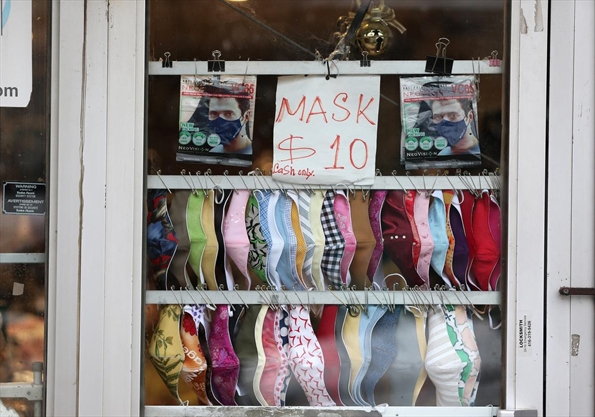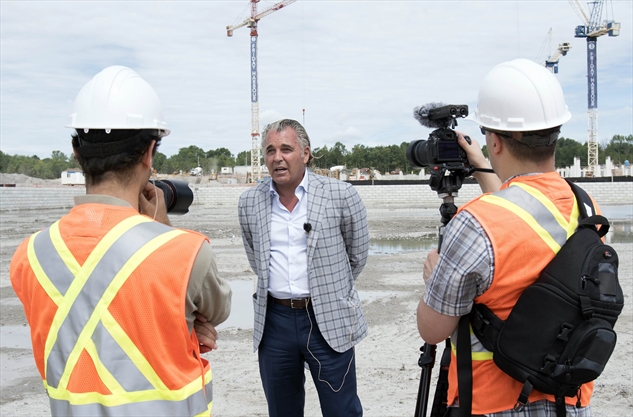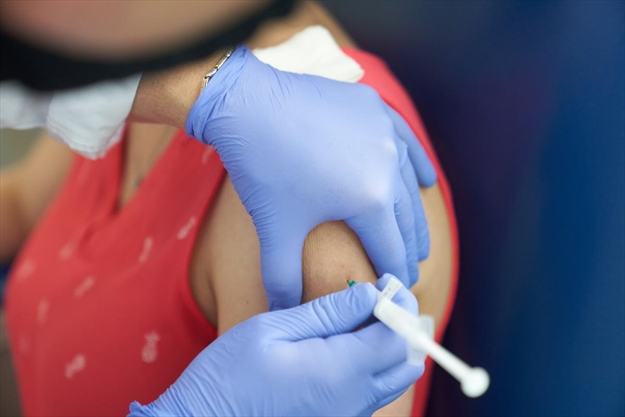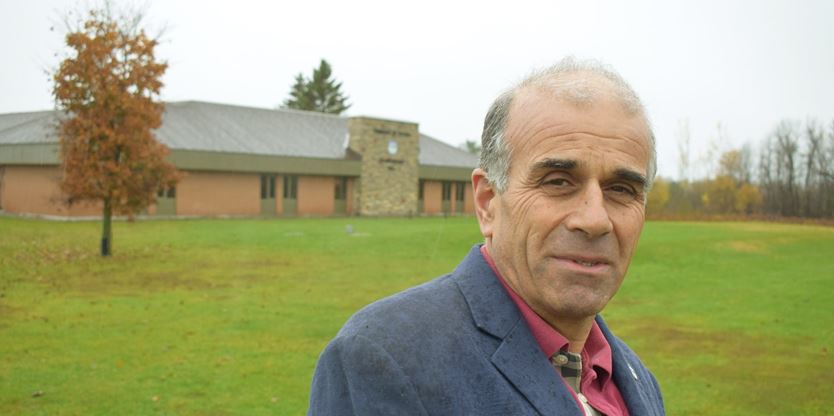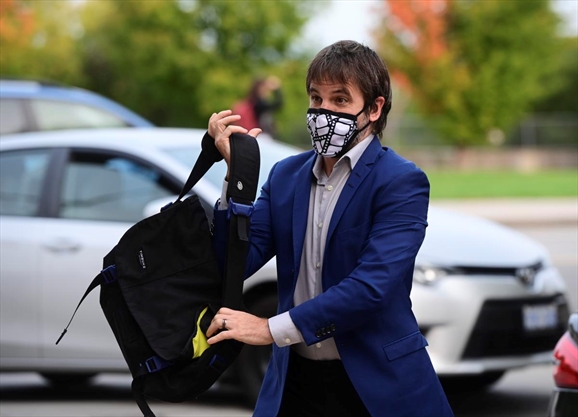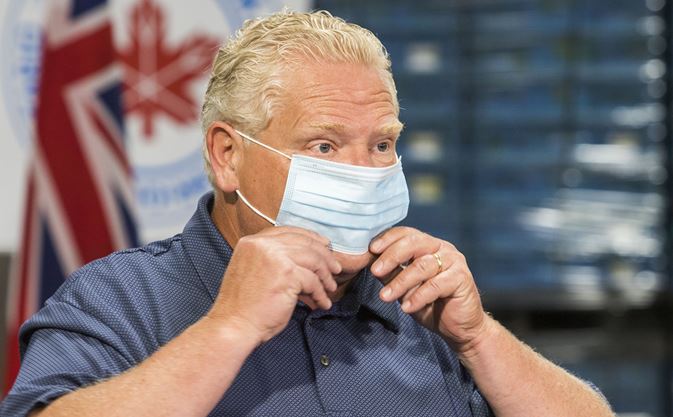Builder Jim De Gasperis remembers being a young fan of TV’s The Mickey Mouse Club. But what really fascinated him were the commercials featuring show founder Walt Disney as he described his plans to transform a vast expanse of land in Orlando, Fla. into a dazzling resort and theme park: Walt Disney World.
“In a small scale, this is the Walt Disney story,” said De Gasperis during a patio lunch this fall at Friday Harbour, a 600-acre, $1-billion waterfront resort at Lake Simcoe’s Big Bay Point. Minutes from Barrie, the four-season resort’s centrepiece is a 1,000-boat slip, state-of-the-art marina — at about 35 acres, it’s the largest in-land marina in Canada. De Gasperis is a managing partner of Friday Harbour Resort, as well as president and CEO of Con-Drain Group, one of the largest infrastructure companies in North America.


“We wanted to redefine Old Ontario,” explained Boaz Feiner, president of Geranium’s home-building division and a partner in Friday Harbour. Marc Muzzo, of Pemberton Group is also a partner in the development. “We didn’t want people’s secondary residence to emulate their primary residence.”
Feiner said buyers at Friday Harbour are not traditional cottagers; they are mainly urbanites who enjoy a resort-like, waterfront escape and want activities and conveniences such as restaurants, coffee shops and stores.

And, on this sunny day, people of all ages — socially distant and most wearing masks due to COVID-19 — stroll along the boardwalk in the European-style pedestrian village. They have a range of destinations: a coffee at Starbucks, a bite at FH Fine Foods. Some headed to the Outdoor Adventure Centre to swim in the pool, play basketball, or paddleboard or kayak on Lake Simcoe. As well, walking and biking trails thread through the 200-acre Nature Preserve. And The Nest is an 18-hole golf course designed by Doug Carrick to meet with Audubon International environment standards, and shaped from 1.8 million cubic metres of dirt taken from the marina basin .
So far, 1,000 housing units have been built at Friday Harbour, including luxury townhouses that sit on “islands” in the marina and midrise condominiums in the pedestrian village. When complete, the community will have 3,000 units, including hotel rooms.

“This is not like any other project. It’s a unique proposition to Ontario, a marina-based resort,” said De Gasperis. “Friday Harbour is an urban cottage lifestyle,” he added about the modern design of the community where most buyers — like him — have never owned a traditional cottage.


Nearly 20 years since first envisioned, Friday Harbour has been designed with respect for its lakeside environment. Runoff that could affect water quality and fish habitat is collected and treated before it’s released into the marina basin, where healthy populations of fish have been monitored. Village runoff is pumped to a pond on the golf course and used to irrigate the greens. Wildlife habitats have been restored and new ones created. An extensive planting and monitoring of endangered butternut trees was undertaken.
Feiner and De Gasperis are more than partners in the resort. They both own homes at Friday Harbour and on this day, one of Feiner’s four kids whizzes past on inline skates. “We are also users here so we can pay more direct attention and we have a willingness to pivot, based on the demands of the community,” he said.
The resort’s vision was conceived by Geranium Corporation principal Earl Rumm from a sketch he saw in the boat shop of the old Big Bay Point Marina. The project really gained traction when De Gasperis and Muzzo joined as partners six years ago.
De Gasperis has been hands-on from the start; Con-Drain built the marina and he was on-site constantly during construction. He pays attention to details — such as the design of the streetlights and drain covers. After seeing a marina boardwalk built of Ipe wood in Florida, he wanted the same for Friday Harbour’s 4.5-kilometre boardwalk and sourced it directly from Brazil. He handpicks the retailers for the resort to reflect homeowners’ needs: FH Fine Foods was created specifically for the resort and De Gasperis insisted that Friday Harbour own the on-site Starbucks — normally, the company doesn’t franchise its shops. There’s a Crockadoodle pottery studio where kids and families can create. Restaurants include Avenue Cibi e Vini Italian restaurant, there is Mediterranean-inspired Fishbone Kitchen and Bar, the waterfront Beach Club and Beavertails; Zaza Italian coffee bar will be opening soon. As most homeowners have dogs, a pet food store will be coming, as well as a salon/spa, pharmacy and walk-in clinic.

“There are 4,500 cottages on the lake and Friday Harbour is becoming the hub and meeting point for Lake Simcoe,” said Feiner. “Some people come just for the LCBO or Starbucks, some come to play golf or to eat at one of the restaurants. What is most exciting is seeing people’s reaction the first time they come here.”
Some homeowners use their condos or townhouses as vacation homes; others live most of the year there. What they can’t find on the resort is minutes away in Barrie, including a GO train station.
Currently, there are townhomes and condo suites available from the high $300,000s to more than $2 million. The available townhomes are on the water and have 10-foot ceilings. They include private boat slip, elevator and hot tub. The newest residential offering is High Point, a four-storey condo under construction in the Village with more than 200 suites, starting from the high $300,000s.
Also under construction is the Lake Club, a stunning glass and wood amenity building that will include indoor and outdoor restaurants, full-service bar, private boardroom and dining room, fitness centre, outdoor pool and hot tub, and indoor and outdoor Kids Zone.
The Lake Club reflects the partners’ goal that the resort be a place where people of all ages can enjoy themselves. “It’s a legacy for us and our kids and grandkids,” says De Gasperis.
FRIDAY HARBOUR
Developer: Friday Harbour
High Point: A four-storey condominium now under construction with 200-plus suites; 520-2,220 sq. ft., one- to four-bedroom units with one parking spot. Priced from the high $300,000s to $2 million plus. Monthly homeowner fees. Occupancy fall 2022.
Features: Stainless steel appliances, quartz countertops, 12-by- 24-inch porcelain tile in kitchen and bath, stacked washer/dryer, laminate engineered flooring, patio or balcony (as per plan)
Amenities: Landscaped interior courtyard, swimming pool, party room and pet wash stations plus access to all Friday Harbour amenities
Info: Website . Email , ext. 5, or toll free ext. 5. General information:

